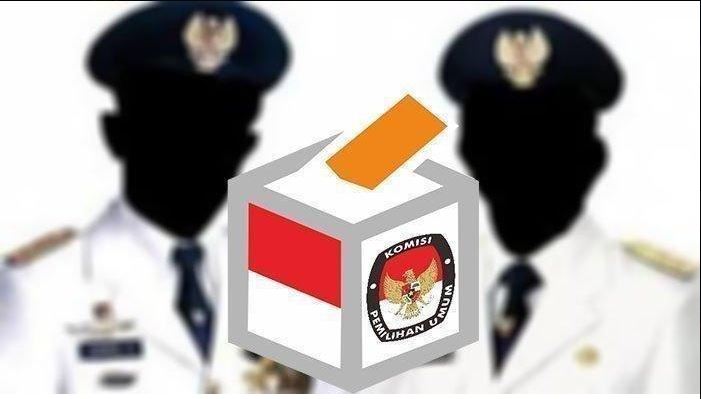
STRATEGIC ASSESSMENT. Over the course of the last five years, there has been a steady drumbeat of increasing public awareness and anger over police shootings in the United States. Yet the number of people shot and killed by the police has remained consistent, averaging 1,000 people a year, according to data from the Washington Post, which began to accumulate data from an array of public sources in 2015. Regularly updated reporting is valuable because the United States has a clear problem with both police-involved shootings as well as with how police departments report these incidents. The Federal Bureau of Investigation (FBI) releases annual statistics that rely on voluntary and therefore incomplete or lagging data from the nearly 18,000 police departments across the country. There is a clear discrepancy between the Washington Post data and the FBI statistics, the latter of which shows roughly half of the number of people shot and killed by police.
When discussing the issue of police shootings, some point to the percentage of police encounters that end in a fatal shooting when placed in the context of the overall number of police encounters in the United States every annually. In 2018, the U.S. Bureau of Justice Statistics (BJS) released a report that showed 53.5 million people had some kind of encounter with police in the United States and that the overwhelming number of these encounters did not involve injury or death from the use of force. Traffic stops were the most common reason for people’s encounters with police. Because the federal government relies on voluntary submissions of officer-involved shootings, the federal statistics for deaths by police shootings are incomplete and somewhat opaque. That the majority of encounters with police do not end in death still does not obviate the need for a serious and thoughtful campaign to reduce those encounters that do. The police wield the power of the state in terms of use of force. This responsibility of the state, both as individual departments and as a wider system, should drive policymakers and experts to rethink what it means to be police in America. Relations between many police departments and the communities they serve are increasingly sensitive to national tensions and even the most professionally-run departments and cities are ‘one video away’ from potential unrest and even violence.
Such a rethink would require a change in mindset, which is within the reach of police departments with the proper training and leadership. Changing from a warrior mindset, unfortunately all too common in many police departments, back to a ‘Protect and Serve Your Neighbor’ mindset should be reflected by changes in training and focus. Better training on de-escalation has been a consistent refrain by departments over the last half-decade, but more needs to be done to properly train police on how to defuse a tense and potentially violent situation. This requires an emphasis on training police officers to be more deliberate in their intent— whether to avoid something as simple as reckless driving to more serious or volatile situations where the threat of violence is unclear, yet not inevitable. A refocused approach to training and adopting a neighbor-friendly mindset should begin at the recruitment stage and continue through the academy and in-service courses. At every stage the focus must be not just on officer safety, but also on community safety—focusing on the latter actually increases the former.
Other changes require communities to redefine what they expect from police departments, to include what type of calls should involve the police at all. As it stands now, the United States is a 911 nation. For decades, the country has scaled back on the provision of social services and public health investments, while simultaneously incarcerating a staggering number of people for non-violent crimes. Generations of cuts in programs to address challenges related to mental health, substance abuse, homelessness, vast economic disparity, and systemic racism have had predictable negative consequences. With nowhere else to turn, local communities use a 911 call as the catchall for almost any issue, from untidy lawns to neighbors in mental crisis. A serious and sustained approach is desperately needed in communities to change that dynamic, of focusing on preventing the myriad reasons American call 911 (and therefore call the police) to cut down on the overall number of calls. Fewer calls mean fewer incidents involving police officers responding to issues they may be ill-equipped to handle.









